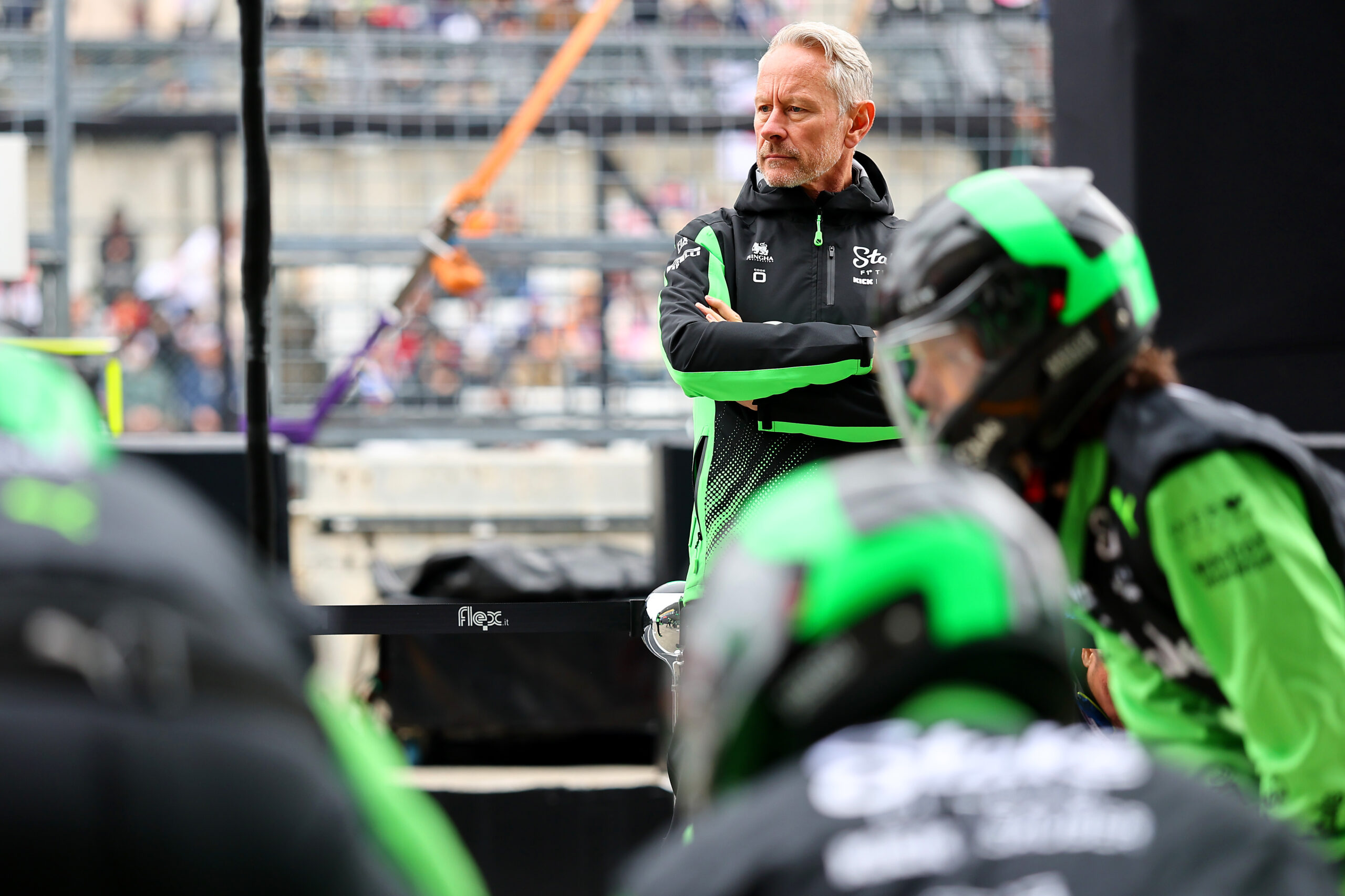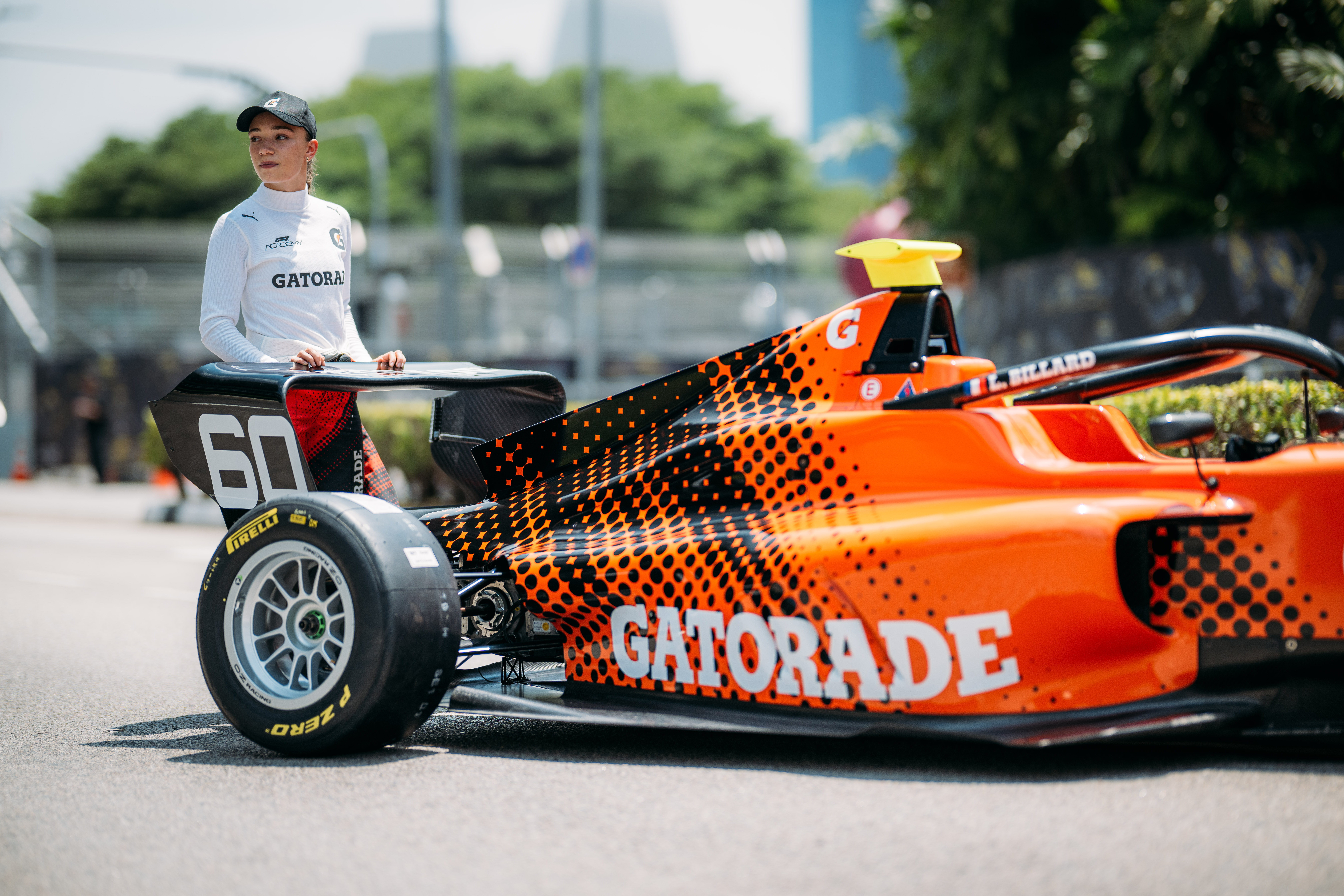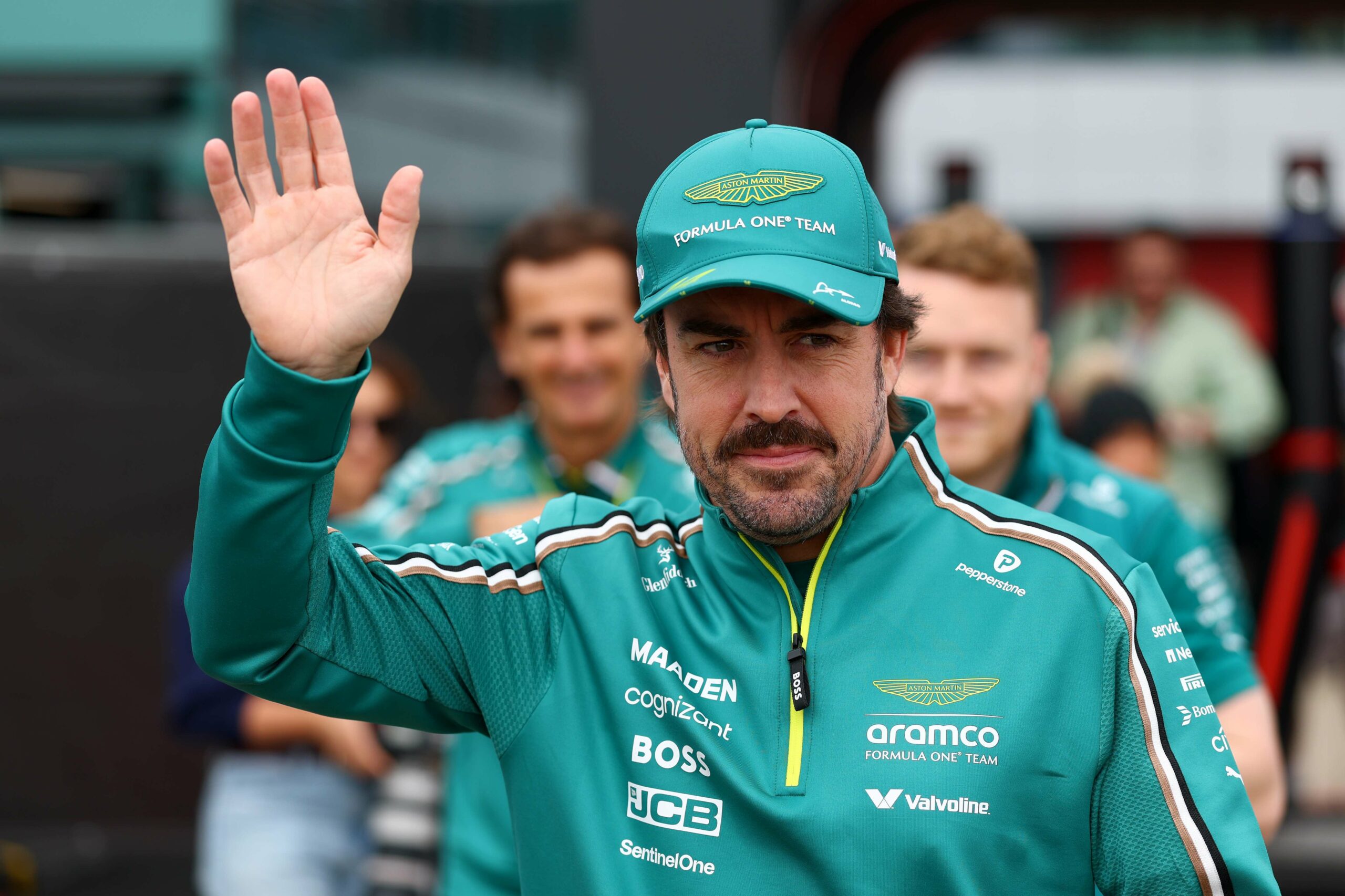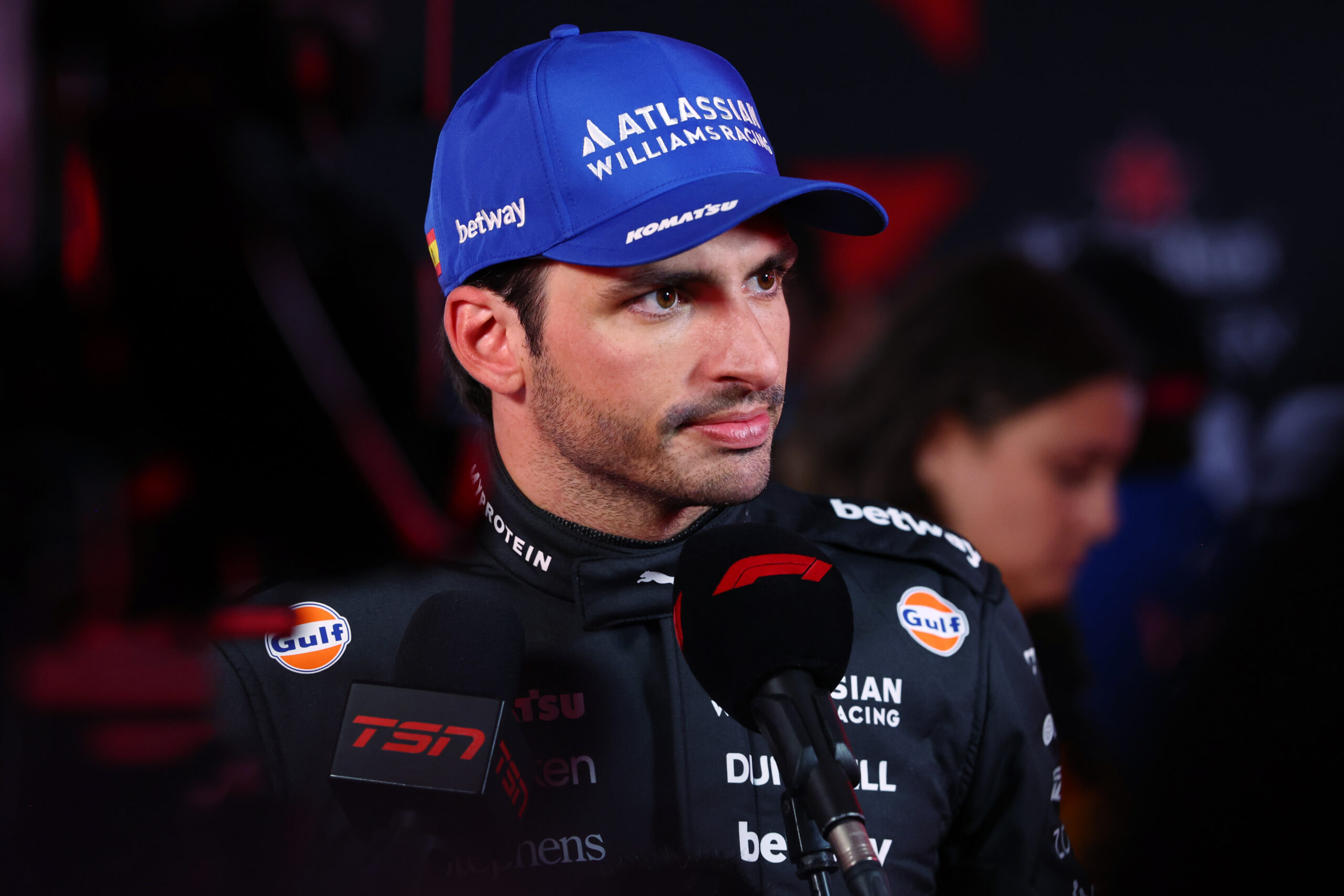
Photo Credit: Scuderia Ferrari Media
After starting from pole position, Charles Leclerc finished the race (before the disqualification) in sixth position. A far from satisfactory result for the driver and the team, which came about due to a risky but incorrect race strategy, based on a single stop, which destroyed the Monegasque’s race. A strategy which was analysed post-race by the Scuderia Ferrari team principal, Fréd Vasseur.
It was a weekend of two sides, the one experienced by Charles Leclerc in Austin. In fact, the Monegasque had started the three days in the best possible way, achieving pole position in Friday’s qualifying, but failing to repeat the result either in the Sprint Shootout on Saturday morning or during the Sprint Race, although he did bag a solid P3 in the Sprint to gain six points.
A declining trend which also continued during the actual GP where the Ferrari driver, despite starting from pole position, did not go beyond the sixth place finish (only to be later disqualified, together with Lewis Hamilton for excessive wear of the plank on his SF-23) due to a racing strategy adopted by the Ferrari wall which was anything but spot on.
A strategy that did not make the driver of car number 16 happy at all, even George Russell’s Mercedes reached the finish line in a photo finish and who, with the race still underway, had already had the opportunity to express his doubts and discontent with the strategy adopted, based on the single stop with starting on medium tires and finishing on hard tyres.
A strategy which, speaking to the media after the race, before the stewards disqualified the SF-23 of the Principality driver, was defined as wrong, in no uncertain terms, even by the red team’s team principal, Frédéric Vasseur.
According to the French manager, it was dictated by the great uncertainty, in terms of tyres, that reigned before the start of the race.
A solid strategy and ultimately a P3 finish for Carlos Sainz left Ferrari with mixed feelings.
“Clearly we have mixed feelings. Because on one side of the garage with Carlos, we did quite well. Starting P4, finishing P4, we finished two or three seconds behind Norris, and I think everything went well.
With Charles, who after 12 laps he was 10 seconds ahead of Carlos, we committed to a stop, and it wasn’t the right choice, it’s obvious. Probably the problem is that we didn’t have a clear picture before the race, we were a little hesitant, and he hesitated a little in the first stint, pushing or not pushing. And we made a mistake.
“It wasn’t very clear before the race, as you can imagine. We had two options. In terms of numbers, it was very, very close. I think we made the mistake to anticipate that the field would be 50-50. And that wasn’t the case at all.”
A tactic which, before a sudden change, had also been attempted by Lewis Hamilton’s Mercedes, so the chaos that the Maranello strategists ran into was also experienced by those from Brackley. Not only that, since the one-stop tactic was complicated according to the former team principal of the Alfa Romeo team, also by the traffic in which Leclerc found himself in several phases of the race.
“I think that Hamilton was not far away to do one stop, [George] Russell, I think he went for one stop clearly, but as he was the last of the group, it’s much easier to change if you are last and you are in the same strategy as the others. It’s better to change and to take risks.”
“It’s not just a matter of tenths of seconds on the tyres, it’s a matter of what the others are doing also. Because what was even more difficult with Charles was that everybody committed for the two stops.
“It means that you have much more traffic around you, because it’s not that everybody’s doing the same race as you, and you have a clean race, as you are not in the sequence, the guys are overtaking you one or two times.
“And each time that someone is overtaking you, you are losing two seconds. It means that when you have these two times, four guys, you are losing eight times 1.5 seconds, it’s 12 seconds for the traffic, and the picture of what users are doing. But it’s a mistake.”
Vasseur explained Sainz had higher degradation during the first stint and it made it easier for Ferrari to put him on a two-stop strategy.
“I think the main issue was that we were a bit in-between. We moved quickly on the two stops with Carlos, because in the fight with Max [Verstappen], I think he had a bit of deg, and we decided to commit quite early on the two stops. Charles, it was less obvious.”
Before leaving, the Frenchman preferred not to answer questions relating to what results Leclerc could have achieved with the same strategy adopted by Carlos Sainz.
“I don’t want to do it. Because if, if, if, if, if, first the French rugby team reached the final of the World Cup, and the English team too! And we would have won the football World Cup two years ago, and so and so. Of course you can redo the race and imagine that he was six or seven seconds ahead of Sainz, and Leclerc would have done this or that.
“But I think that’s not the right approach, we have to focus on the mistake, try to understand why you made the choice, because we were convinced that it was the right one, with the elements we had at this stage. It means that the numbers we had on the pit wall and in the factory at this stage of the race were not good.”




